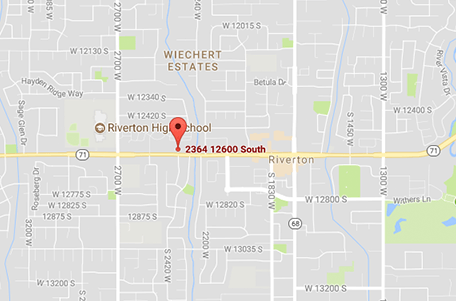Herbst Appliance
Aside from the obvious benefits of orthodontic treatment, like increased confidence and ease of hygiene, another benefit is not so obvious: improved jaw function. If your child has an overbite, simple treatment with braces will not correct the problem. The Herbst appliance, usually in conjunction with braces, is used to help the lower jaw develop in a forward direction. This eventually leads to an ideal bite. Left untreated, an improper bite may threaten the long-term health of your child's teeth, gums, and jaw joints.
A Herbst appliance is fixed to your child's molars. It includes a metal tube that connects the upper and lower jaw. By adjusting the tube, your orthodontist is able to control the lower jaw's position in relation to the upper teeth. Typical treatment time with a Herbst appliance is 12 months, though this may vary depending on your child's unique needs.
Since the Herbst is fixed to the teeth and not removable, it takes the worry of compliance out of the picture and is a very efficient and effective means of bite correction. The Herbst has essentially replaced the headgear in our practice. It takes a bit of getting used to at first, but after a few days of adjusting, patients do quite well with it.
Adjusting to a Herbst Appliance
Muscle Tenderness – When your child first gets his or her Herbst appliance, there may be some overall muscle tenderness and soreness of the teeth, and an adjustment period learning to eat with it. As your child's mouth adapts to the appliance, the soreness will fade and eating will get back to normal.
Tissue Irritation – Because the Herbst appliance is metal, it may cause some slight tissue irritation. It will take a few days for your child's mouth to adapt.
Diet – While adjusting to the appliance, it is important to stick to softer foods, especially during the first week or two after getting the appliance. It is also important to eliminate sticky foods, like candy and gum, or hard, crunchy food, which can damage the appliance and lengthen treatment time.


